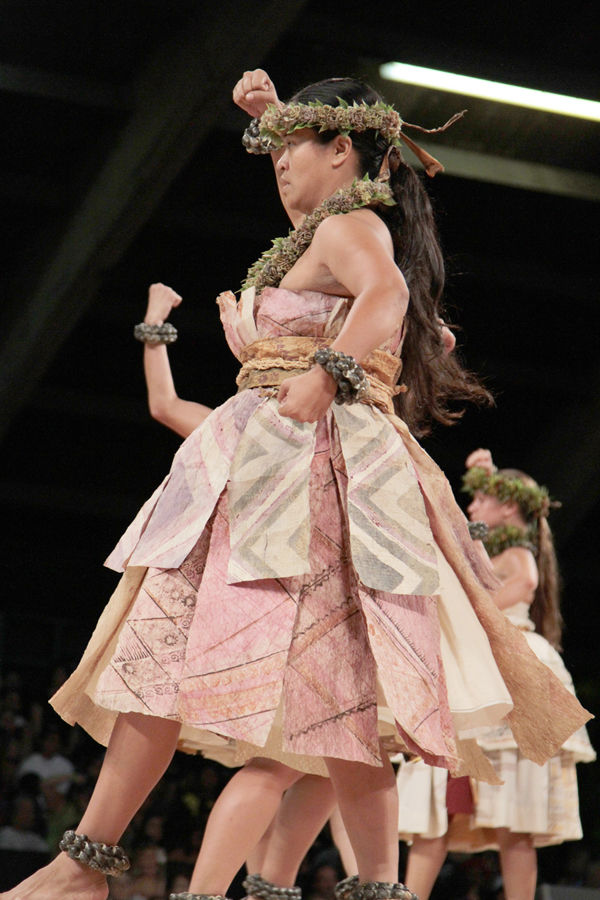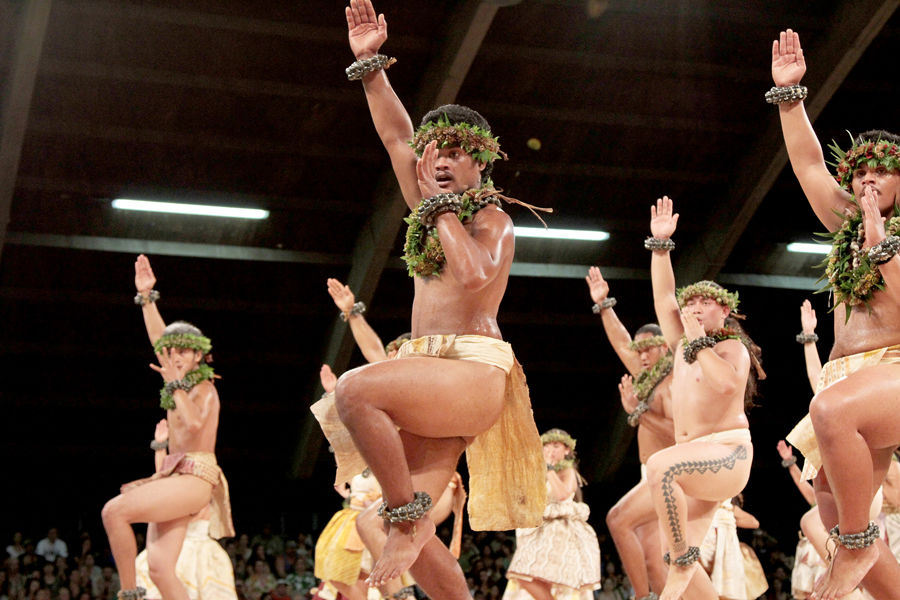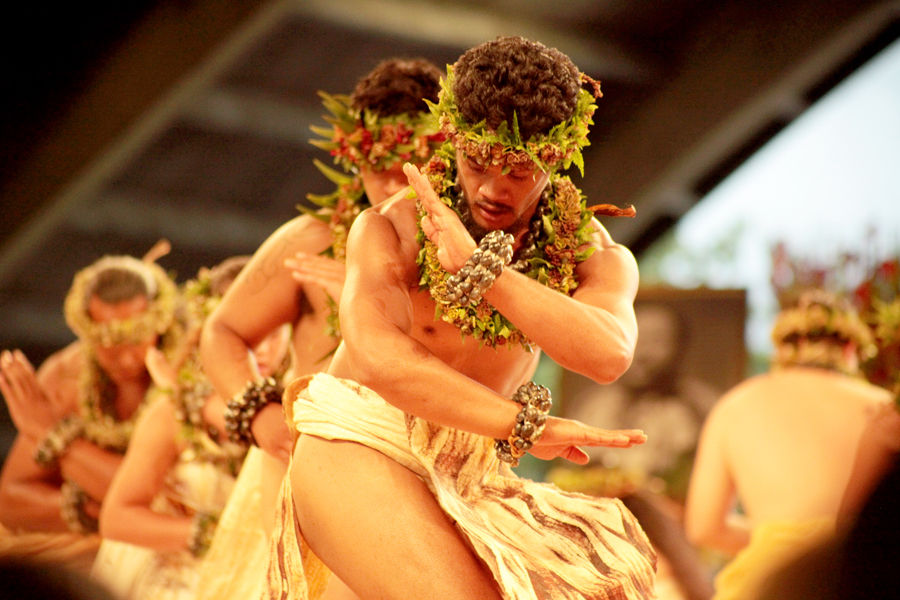The hands of the ancient Hawaiians fashioned many crafts to aid them in their daily lives but one of their finest works was the kapa cloth. Created from tree fibers, kapa had many uses for the Hawaiian people, including clothing.
The hands of the ancient Hawaiians fashioned many crafts to aid them in their daily lives but one of their finest works was the kapa cloth.
Created from tree fibers, kapa had many uses for the Hawaiian people, including clothing. Although such a craft seems like a lost art, the Kauai Historical Society is inviting people to see kapa created firsthand through the documentary “Ka Hana Kapa.”
“It’s not just about watching a movie,” said Denise Miyahana, State Foundation on Culture & the Arts program specialist. “It’s very important that the work we do gets out into the community.”
The presentation is in the Alii Ballroom at the Aston Aloha Beach Resort at 1 p.m. Saturday, Feb. 21.
The documentary explains the history of kapa in addition to the process from start to finish as told by today’s dedicated kapa practitioners. Doors will open at 12:30 p.m. A talk story will be held with the co-producer of the movie and true kapa makers after.
“I’m proud that we have this fine art in Hawaii and we have so many kapa makers that love what they’re doing, and they’re very committed,” said Miyahana. “Some of them love to teach. They love the educational aspect of informing people.”
Miyahana said many kapa makers were eager to be a part of the documentary because it will give them the chance to discuss how much it means to them.
The documentary was born through the desire of kapa maker Marie McDonald, whose greatest wish was for a hula dancer to wear her kapa cloth. Many other kapa makers shared McDonald’s desire and sought a halau to wear their works. The well-known hula dancers of Halau O’ Kekuhi thought it was a brilliant idea and wore the kapa maker’s cloth at the 2011 Merrie Monarch Festival.
The State Foundation on Culture & the Arts also commissioned a camera crew to follow the kapa makers as they fashioned their works and documented the entire process until after the Merrie Monarch Festival.
“It’s a huge project that started with a little idea,” said Miyahana. “It’s not a dying art, it’s very robust and very creative. There are a lot of people in our state who are doing kapa making.”





